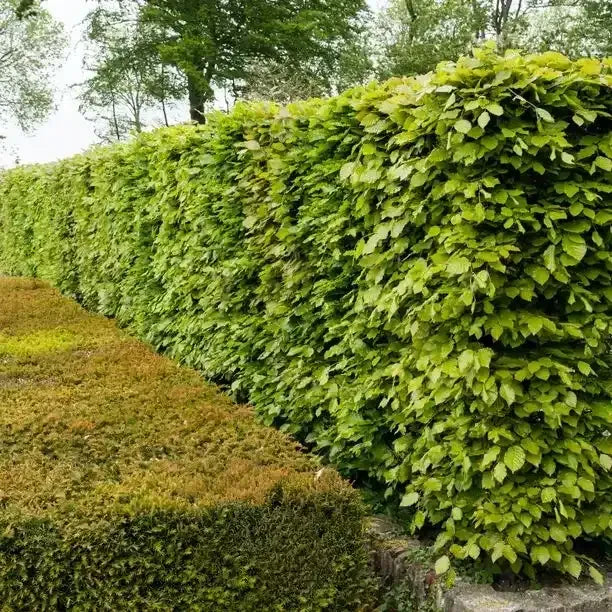Tulip bulbs bring some of the most stunning Spring colours of any plant grown in Britain.
They come with a guarantee to make you smile on a sad day, or your blues back!
Planting Tulips
When is the Best Time to Plant Tulips?
The best time for Tulip planting is when the soil has cooled, usually by late October but certainly November, into December, before it starts to freeze.
There is no benefit to planting them earlier, and it may increase the risk of disease in warm soils, but this is a low risk for the home grower.
Planting Tulips early should only be avoided on large projects where a lot of bulbs are at stake.
Still, if we deliver your Tulip bulbs before November (this is normal if you order earlier flowering bulbs as well, which are best planted in late September-October), it’s fine to store them somewhere cool, dry and dark until November.
Where Should I Plant Tulips?
All tulips demand well-drained, rich soil. The more well-rotted organic matter you add to the soil, the better.
They love full sun, which makes them excellent subjects for borders, which tend to be relatively shade free in April and May before everything else explodes into leaf.
Most tulips have huge flowers and often quite tall stems, so need some shelter from the wind. Shorter varieties with smaller flowers are best in exposed gardens.
How do I Plant Tulips in a Border?
Before you plant your tulips in your flower bed, prepare the soil by digging in some organic matter, unless you already have beautiful topsoil.
Plant tulips at least three times as deep as the bulb is tall. If in doubt, slightly deep is better than too shallow.
If you ever planted tulips in the past that died out after a couple of years, it was probably because they were too shallow.
For naturalising Tulips, plant a bit deeper at four times as deep as the bulb is tall.
Planting them deep reduces the number of bulbils (baby bulbs) produced after flowering, so that the mother bulb has more energy for flowers the following year.
The pointy end goes upwards.
Tulips look best in groups: 10-15 bulbs as a minimum, but 20-25 is better.
Space tulips about twice their width apart if you intend to leave them there.
If you want to use them as bedding for one season, then you could plant them only one bulb width apart.
How do I Plant Tulips in Pots & Containers?
You plant Tulips in pots much the same as above: the only real difference is that you would typically plant them almost side by side to fill the pot, with about an inch between them.
When do Tulips Flower?
Tulips start flowering around the end of March, when the early spring flowering bulbs (e.g. snowdrops, daffodils, crocus) are finishing, lasting until roses and herbaceous perennials take over from June-July.
What do I do with Tulips After They Finish Flowering?
Caring for Tulips when they finish flowering is initially the same:
- Deadhead as soon as the flower drops its petals.
- Wait for the leaves to completely wither.
- Now, if you are leaving the bulbs to naturalise in the ground, simply cut off the withered foliage.
- If you prefer to lift your tulips for dry storage over Summer, I find it more convenient to dig them up first and then cut the old leaves off, so I don’t lose them in a busy border!

 Secure, One-Tap Checkout
Secure, One-Tap Checkout
 Hand Picked, Delivered to Your Door!
Hand Picked, Delivered to Your Door! 1 Year Bareroot Guarantee
1 Year Bareroot Guarantee
